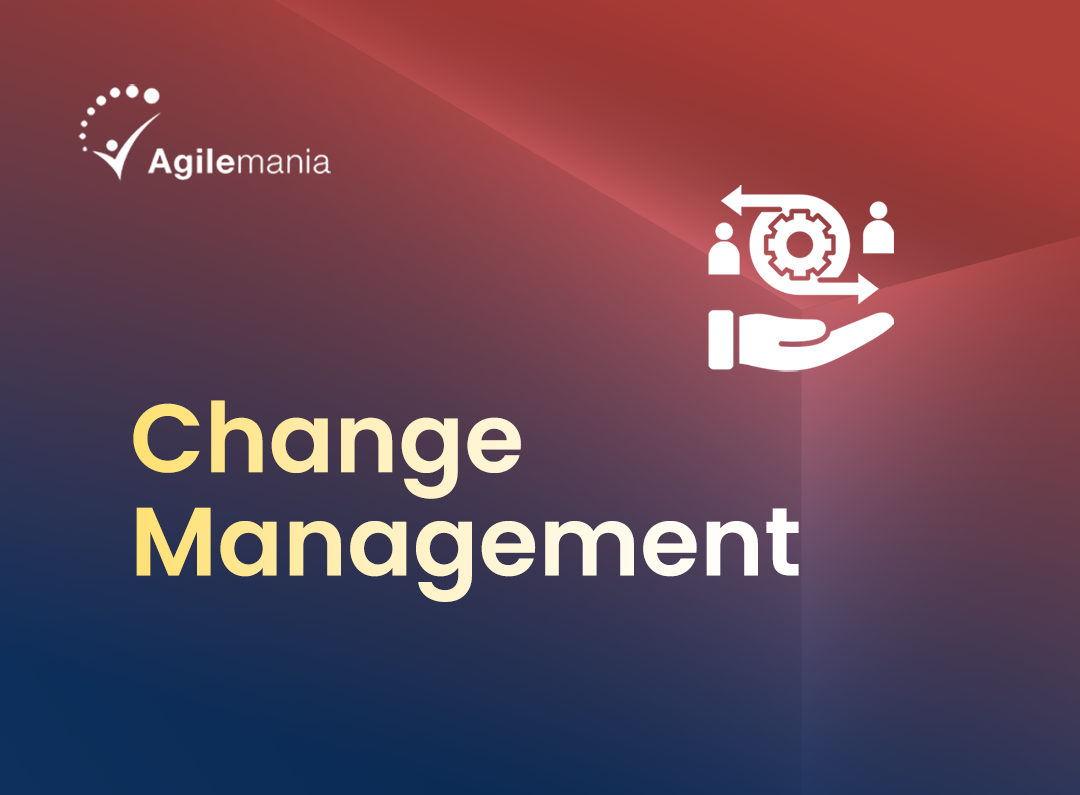Agile product management is a term often used but rarely defined. Before diving into how Scrum can enhance product management within Agile, it's crucial to understand what Agile product management entails.
What is Agile Product Management?
Agile product management stems from the Agile methodology originally designed for software development. It emphasizes teamwork, incremental progress, and continuous learning. With heightened competition and evolving customer expectations, many organizations have embraced Agile to keep their product offerings relevant and innovative.
The Agile framework allows companies to release frequent updates, learning from each iteration rather than waiting to launch a complete product. This approach helps teams stay attuned to user needs and market changes, fostering a more dynamic product development process.
What is Scrum?
Agile is a broad mindset rather than a rigid set of rules. To facilitate the Agile approach, various frameworks have emerged, including Disciplined Agile (DA), the Scaled Agile Framework (SAFe), and Lean Software Development (LSD). Among these, Scrum is a lightweight, yet robust framework designed for managing complex projects and delivering products effectively.
Scrum divides long-term projects into shorter, manageable periods called sprints, typically lasting between two weeks to a month. During each sprint, the team focuses on a subset of tasks from the product backlog. If a task requires more work than a single sprint can accommodate, it’s broken down into multiple sprints. This iterative process ensures regular updates and continuous learning based on user feedback.
Take Your Product Ownership to the Next Level
Expand your Product Owner skills with advanced techniques and strategies in PSPO-A training. Elevate your role in product delivery and stakeholder management.
Enroll Now
What Does a Scrum Team Look Like?
A Scrum team consists of several key roles:
-
Product Owner: Responsible for ensuring that the development team works on the right tasks and manages the product backlog efficiently.
-
Scrum Master: Oversees the development team, facilitates Scrum processes, and helps remove any obstacles that may hinder progress.
How Does Scrum Work?
A typical Scrum process includes the following events:
-
Sprint Planning: The team reviews the product backlog, selects items for the upcoming sprint, and sets strategic goals.
-
The Sprint: The core unit of work in Scrum, during which the team focuses solely on the tasks agreed upon in Sprint Planning.
-
Daily Scrum: Short, daily meetings (often called Standups) where team members discuss their plans for the day and address any issues.
-
Sprint Review: Held at the end of a sprint to review completed work, adjust the product backlog, and plan for the next sprint.
Scrum Artifacts
-
Product Backlog: A comprehensive list of tasks and requirements for the product, reviewed and prioritized regularly.
-
Sprint Backlog: A subset of the product backlog selected for the current sprint, defined during Sprint Planning.
-
Sprint Goal: A short, clear objective for the sprint that guides the team’s work and measures success.
Discover and Deliver Winning Products with
Discover and Deliver Winning Products with ICAgile Product Management Certification (ICP-PDM) Training
Register Today!
3 Pitfalls Scrum Teams Fall Into
Understanding the Scrum framework is crucial, but avoiding common pitfalls can significantly impact its success:
-
Calling it Scrum Without Implementing It Properly: Many teams start using Scrum without a full understanding, leading to issues like not holding sprint retrospectives or lacking a dedicated product owner.
-
Overly Large Teams: The Scrum Guide recommends a team size of 3-9 developers. Larger teams can lead to coordination challenges and miscommunication.
-
Skipping Scrum Ceremonies: Essential Scrum events, such as Daily Standups and Sprint Retrospectives, should not be skipped as they are vital for maintaining team focus, communication, and continuous improvement.
Key Tips for a Successful Agile Product Development Process
To harness the full potential of Agile product development, consider these tips:
-
Embrace the Agile Mindset: Ensure that all team members understand and adopt Agile values and principles.
-
Foster Communication and Collaboration: Regular interactions among team members and stakeholders are crucial for aligning goals and priorities.
-
Promote Continuous Improvement: Start with smaller projects to experiment with Agile practices, refine them based on feedback, and scale up gradually.
-
Test Early and Often: Incorporate feedback at every stage of development to ensure the product evolves effectively according to user needs.
Conclusion
Agile product development, with frameworks like Scrum, helps teams adapt quickly, innovate continuously, and deliver products that truly meet customer expectations. Ready to implement Scrum in your product management strategy? The journey towards effective Agile practices begins with understanding and applying these core principles.






























































































